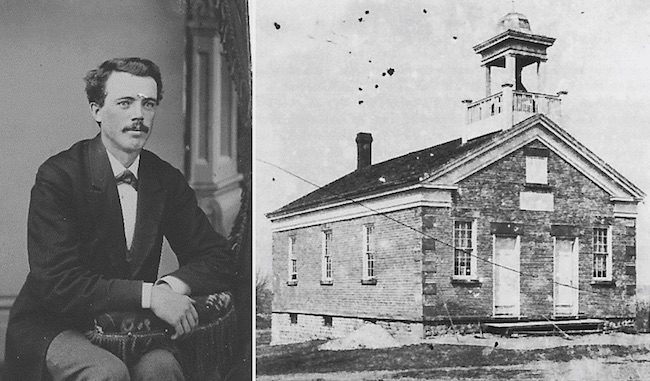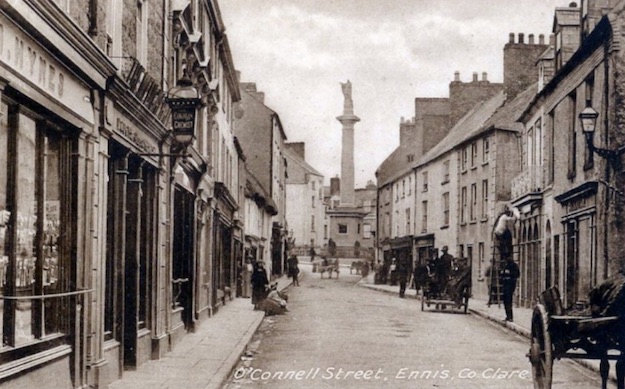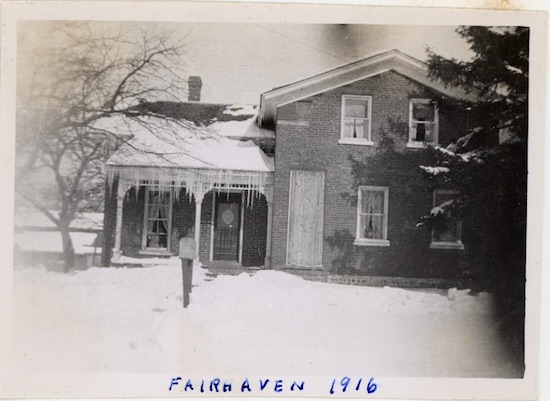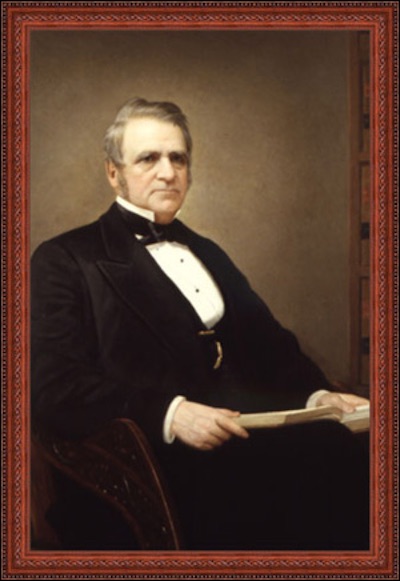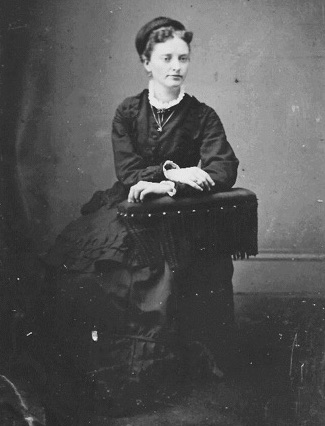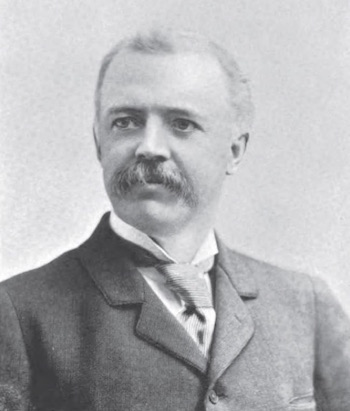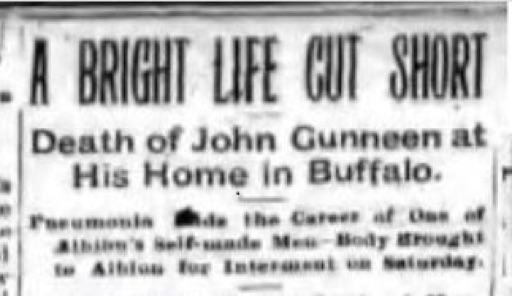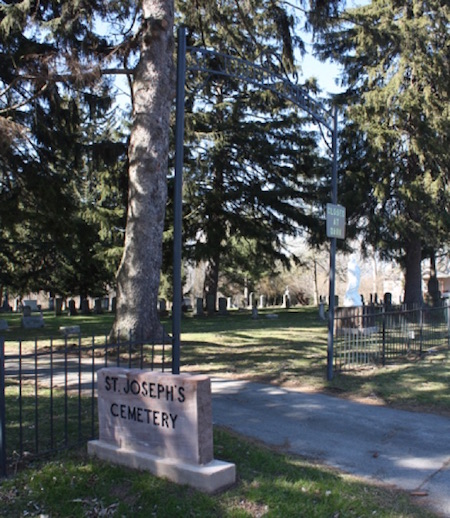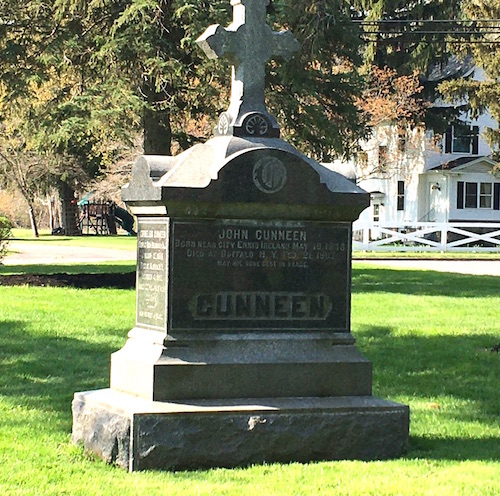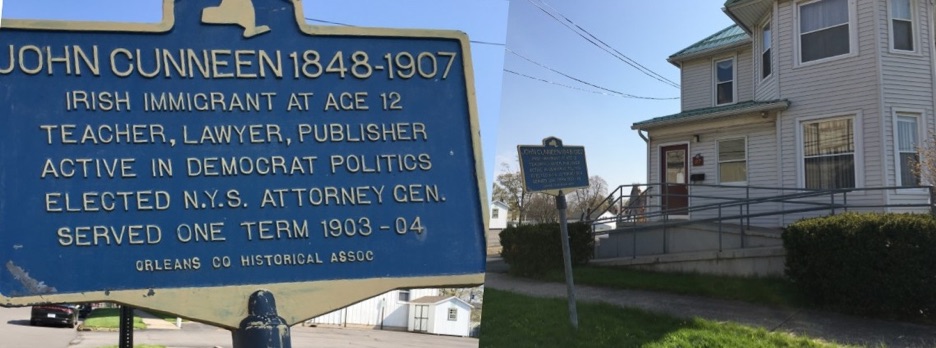Historic Childs: John Cunneen, an Irish immigrant, ascended ranks to be NYS attorney general
By Doug Farley, Cobblestone Museum Director, Vol. 2 No. 23
The life and times of former NYS Attorney General John Cunneen is intrinsically tied to the Hamlet of Childs through his presence here as a teacher in the one-room cobblestone schoolhouse, Town of Gaines District #5 in 1873. From there his path was directed to the County government where he served as Clerk, and once admitted to the NYS Bar, he rose to the highest New York State legal office, State Attorney General.
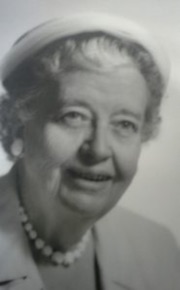
Charlotte Cunneen Hackett
John Cunneen was born in Ennis, County Clare, Ireland, on May 18, 1848. (Late 1800s image shown above.) He was the oldest of seven sons whose parents, in good Catholic tradition, named all of their sons after the Apostles. The family was very poor, residing in a baked mud hut with thatched roof.
From a very young age, John worked several jobs and saved a portion of his meager wages with a goal to book passage on a sailing ship to the United States. One of his early jobs in Ireland was to collect eggs on his family farm, then walk five miles to sell them to a general store in Ennis.
John’s daughter, Charlotte Cunneen Hackett, shown at left, also an attorney, provided commentary on her father’s life through his diary that dates to his journey across the ocean in 1860 at the age of 12.
In 1966 she wrote, “Coming across the ocean on a sailing vessel, he was cold, hungry and seasick. He spent most of the voyage huddled against the mast or a smokestack for warmth.
Reaching Albany by railroad he made the trip to Albion by packet boat where he was met by a cousin named Scanlan and lived with them for a period of time in the 1836 Brick House now owned by the Cobblestone Museum (shown above). Shoes and socks were a big problem. During the next three years he worked on a farm for his room and board while attending school. No clothes were furnished.
His jobs were many and varied while he managed to get an education, study law, and was finally admitted to the bar. But he always said he found the trades he had learned to be of the utmost value in questioning laborers and workmen in accident cases because he knew what they were talking about. His ability soon marked him as one of the best trial lawyers in Western New York.”
While teaching in Childs, John Cunneen studied law in Albion under the direction of Chief Justice Sanford E. Church, shown above. (Current Orleans County Judge Sanford A. Church is a direct lineal descendant of Sanford E. Church.)
Cunneen’s repeat trek, by foot, from Albion to Fair Haven (Childs) each day, involved a six-mile round trip. He remarked in his diary that, “Now and then someone came along with a team and gave me a lift.”
Another entry stated, “School went very well today. Mrs. Wilson, Mrs. Bass and Miss Elizabeth Bass visited the school today, which pleased me.”
I believe he was “very pleased” with Elizabeth, because the two became husband and wife in 1876. Elizabeth’s photo is shown above.
John Cunneen established a newspaper in Albion known as the Weekly News. In 1891 the publication was sold to Arthur M. Eddy, shown here in 1905 at the corner of Bank and Platt Streets. Cunneen was also instrumental in organizing the Orleans County Bar Association serving as their first Secretary.
Many Albion locals told him his decision to represent an Albion youth who was alleged to have murdered his father was ill advised. However, the case actually served to increase his prominence and his law business flourished. Shortly thereafter, Cunneen started his own law practice and eventually hired several other attorneys.
In another landmark case, Cunneen argued against seven corporate lawyers in a case that became known as The Franchise Tax case. The day that the case was decided in Cunneen’s favor, President Theodore Roosevelt, a Republican, sent Cunneen, an Irish Democrat, a congratulatory telegram. His daughter later stated, “It was an odd coincidence that some 40 years before, John Cunneen had come to America as a lonely boy of twelve years with all his worldly possessions tied up in a bandanna handkerchief slung over his shoulder from a stick poked through the knot.”
Cunneen served as a member of his local school board and secretary of the Orleans County Board of Supervisors, a precursor to the county legislature, for seven years. Cunneen became the only Democrat to win a statewide election in 1902 in his successful bid to serve as New York State Attorney General, a post he held from 1903-1904. Being an Irish immigrant and Catholic created a huge uphill climb for Cunneen, as he dealt with discrimination in both camps throughout his political career.
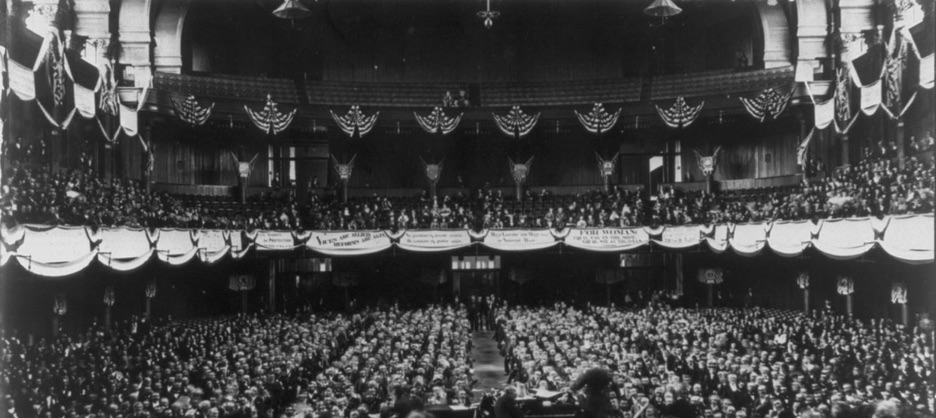
National Prohibition Party Convention, 1892, Cincinnati, Ohio
In the end, political pundits say that it was Cunneen’s cross-registration with the Prohibition Party that provided enough votes for him to win the statewide election for Attorney General.
Just a few short years later, John Cunneen’s obituary in 1907 stated, “A Bright Life Cut Short.” His daughter commented, “In February 1907 my father developed a severe cold and died of pneumonia ten days later. He was scheduled to deliver an important Washington’s Birthday address. He was 58 years old. We buried him in the Catholic Cemetery in Albion.”
The original burial took place in what we know today as the Old St Joseph’s Cemetery on Brown Road. The Bishop of the Catholic Diocese of Western New York accompanied Cunneen’s body on the funeral train from Buffalo to Albion in 1907 with many other mourners.
Later, circa 1920, Monsignor Francis Sullivan approached the families of those interred in the old cemetery, seeking permission to move the bodies to the new St. Joseph’s Cemetery on East Avenue, west of Mount Albion Cemetery in the village. Rev. Sullivan scored an early “coup” in his attempt to move the cemetery when an agreement was reached with the Cunneen family to have John’s body moved to a prominent location in the new cemetery, shown above.
Once that commitment was in place, many other families agreed to have their loved ones moved to the new St. Joseph’s Catholic Cemetery, too. In another strange quirk of circumstances. John Cunneen’s wife, Elizabeth (Bass) Cunneen, died in 1917 but was never allowed to be buried alongside her husband. Elizabeth was a Protestant and as such, was not allowed to be buried in a Catholic cemetery. Cunneen’s daughter later reflected, “Since the days when Father taught school at the Cobblestone Schoolhouse we have cherished our friendship with the Church family. His life proves that America is indeed the land of opportunity.”
To honor Cunneen’s accomplishments, a NYS Historic Marker was erected at 27 Platt Street, late in the 1900s, in front of what was known then as Cunneen Hall. The building was owned at that time by Orleans County and served as the County Sheriff’s Office. Later, the building was sold and serves now as a counseling facility.
In closing, John Cunneen’s eulogist, Judge W. C. Ramsdale, offered remarks that can help inform our thoughts today, “Cunneen was a self-made man. Whatever success he attained in life is due to his own industry, perseverance, ability and character. A poor boy, he became what he was at the time of his death, a good man, a firm and steadfast friend, and influential and respected citizen and an imminent lawyer. Attorney General John Cunneen, the Irish immigrant, in his rise to fame, remained a true friend.”
























